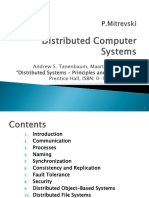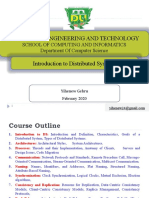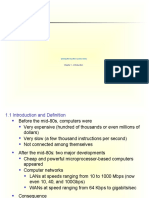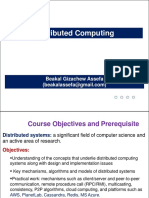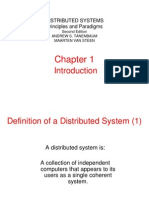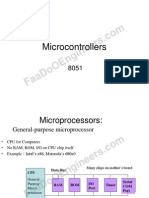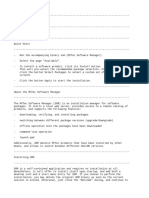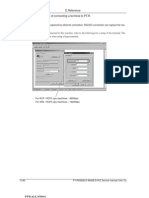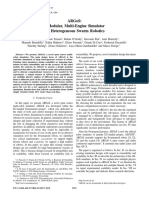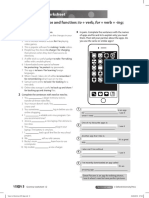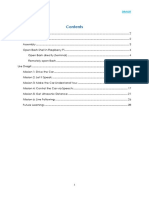0% found this document useful (0 votes)
74 views9 pagesDistributed System Assinmnet
The document discusses key concepts related to distributed systems including distributed system types, scaling techniques, middleware, threads and processes, stateful and stateless servers, and code migration. It covers these topics in depth with examples and details on different distributed system components and design considerations.
Uploaded by
Success CollegeCopyright
© © All Rights Reserved
We take content rights seriously. If you suspect this is your content, claim it here.
Available Formats
Download as DOCX, PDF, TXT or read online on Scribd
0% found this document useful (0 votes)
74 views9 pagesDistributed System Assinmnet
The document discusses key concepts related to distributed systems including distributed system types, scaling techniques, middleware, threads and processes, stateful and stateless servers, and code migration. It covers these topics in depth with examples and details on different distributed system components and design considerations.
Uploaded by
Success CollegeCopyright
© © All Rights Reserved
We take content rights seriously. If you suspect this is your content, claim it here.
Available Formats
Download as DOCX, PDF, TXT or read online on Scribd
/ 9











